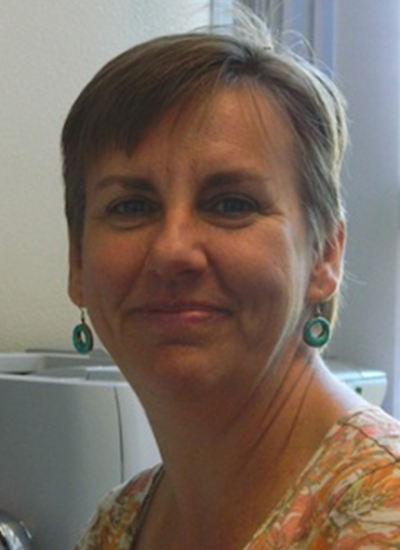Lisa Elfring is an Associate Specialist in the Department of Molecular and Cellular Biology and currently serves as Associate Vice Provost for Instruction and Assessment. In this administrative role, she leads the Office of Instruction and Assessment (OIA), which supports teaching and learning across campus. The office supports technology-enabled teaching (D2L, Panopto, Adobe Connect, VoiceThread); provides professional development and courses on evidence-based teaching for all UA instructors; produces media products (web pages, videos) that support instructors in their teaching; helps departments to carry out assessment of learning outcomes; and helps to connect instructors across departmental and college boundaries. Dr. Elfring is currently involved in two teaching-related research projects. In one, she and her collaborators are investigating a model to train instructors in large, collaborative STEM classes to utilize a team of graduate and undergraduates to improve student learning. In the other, the team is investigating the effects on students on creating and improving models in biological systems, in the context of an Introductory Biology lab course. Both projects are funded by awards from the National Science Foundation. Dr. Elfring's teaching experiences range from large courses in introductory cell/molecular biology and cell biology, to courses focusing on helping undergraduate students to prepare for doing laboratory research. Her research interests are integrated with her teaching role. She is interested in process of systemic change in educational systems, and particularly in how the university can promote the adoption, use, and assessment of research-based teaching strategies across the entire range of STEM (science, technology, engineering, and math) courses. In biology education, she has been involved in research on how students come to make sense of the key biological concept that genes code for RNAs which (mostly) encode proteins to form the structural and catalytic molecules of the cell, a process that is termed the central dogma of molecular biology. She and her collaborators were involved in efforts to introduce more quantitative problem-solving work in the Introductory Biology course and across the undergraduate life-sciences curriculum. Her undergraduate, graduate, and post-doctoral training is in molecular, cell, and developmental biology; she has done research using humans, mice, and fruit flies as experimental systems to investigate embryonic development and cancer. Keywords: Biology education, Faculty professional development


